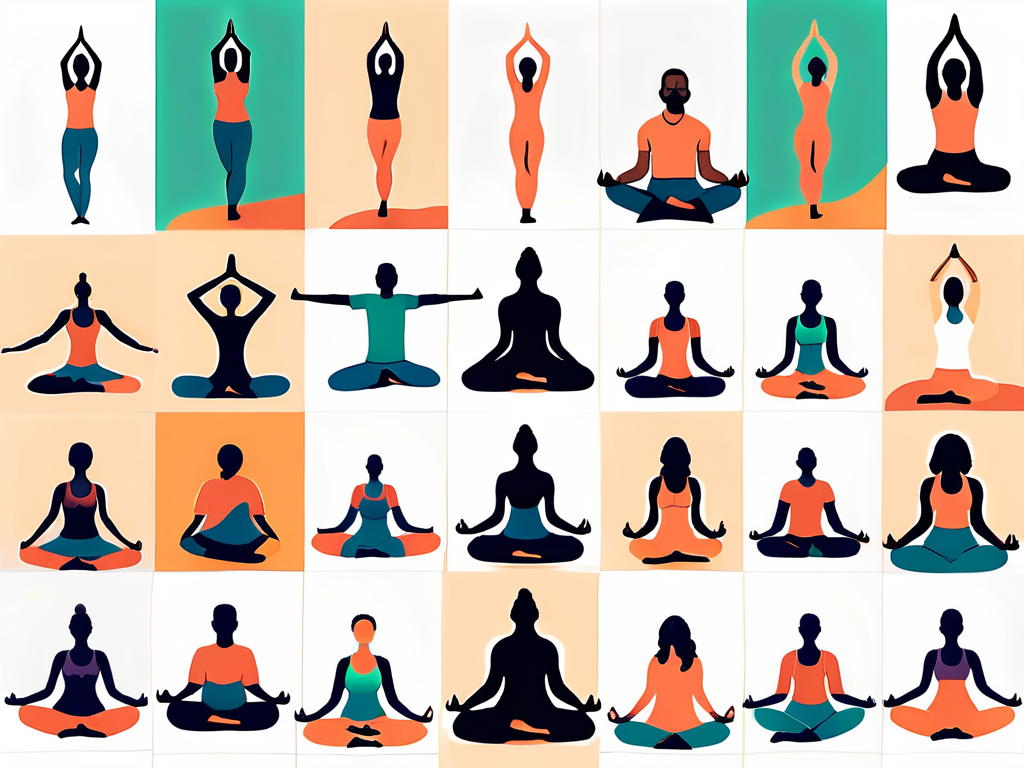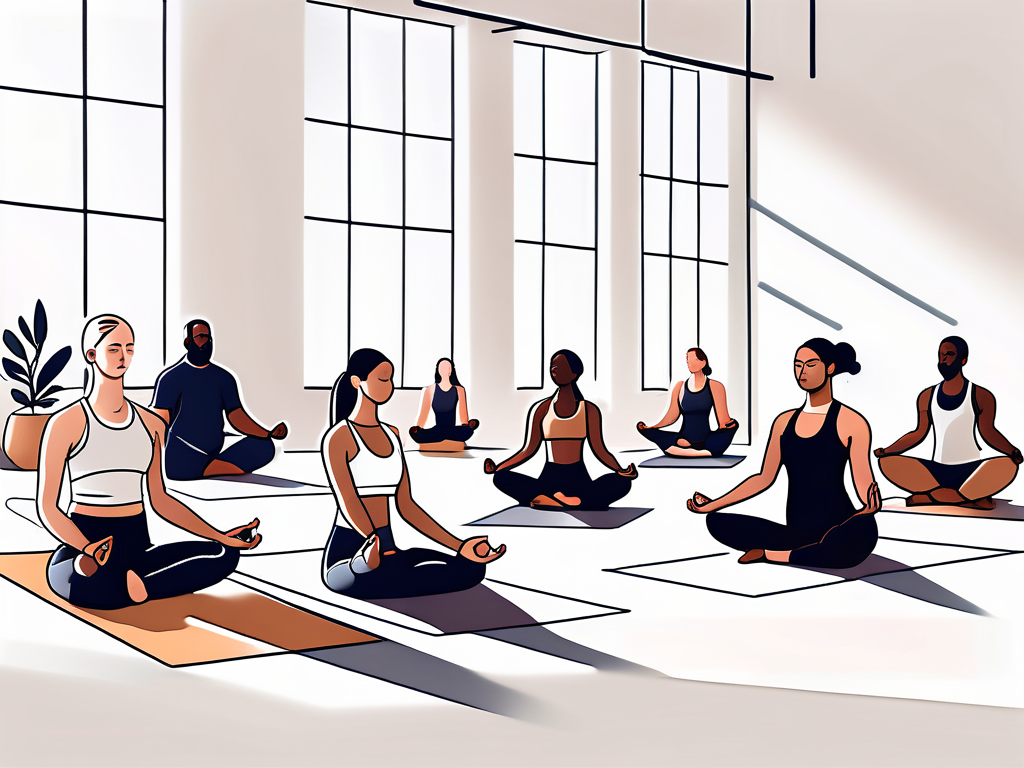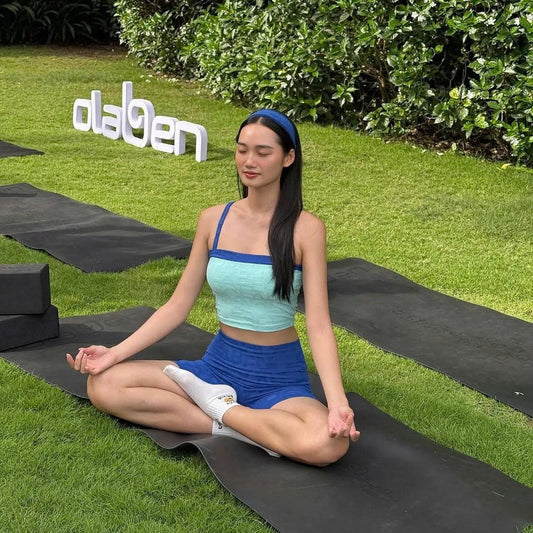Becoming a yoga instructor is a rewarding career choice for those passionate about health, wellness, and mindfulness. Yoga instructors play a vital role in guiding students through their practice and helping them achieve physical, mental, and spiritual well-being. In this article, we will explore the responsibilities and skills required of a yoga instructor, the different styles of yoga, the training and certification process, and how to build a successful yoga career while maintaining your own practice.
Understanding the Role of a Yoga Instructor
A yoga instructor is not just a fitness instructor; they are mentors and guides who create a safe and nurturing environment for students to explore and deepen their yoga practice. A yoga instructor's primary responsibility is to guide students through yoga poses, breathing exercises, and meditation techniques. Additionally, they provide knowledge and insight into the philosophy and principles of yoga.
Responsibilities and Duties of a Yoga Instructor
As a yoga instructor, you will have various responsibilities and duties. These include planning and leading yoga classes, demonstrating proper alignment and modifications, providing hands-on adjustments, and offering verbal cues to help students achieve a deeper practice. You will also need to create a welcoming and inclusive atmosphere, ensuring that all students feel comfortable and supported.
Furthermore, you will be responsible for designing well-structured class sequences that cater to the needs and abilities of your students. This may include adapting the practice for beginners, pregnant women, or individuals with injuries or physical limitations. As a yoga instructor, you will also need to be knowledgeable about yoga anatomy and ensure the safety of your students throughout the practice.
Moreover, a yoga instructor's role extends beyond the physical practice. You will have the opportunity to inspire and motivate your students, encouraging them to embrace mindfulness and self-awareness. By incorporating elements of yoga philosophy into your classes, you can help students cultivate a deeper understanding of themselves and their connection to the world around them.
Skills Required for a Yoga Instructor
Being a successful yoga instructor requires a combination of technical and interpersonal skills. First and foremost, you need a solid grasp of yoga asanas (poses) and how to safely guide students into and out of them. This knowledge will help you prevent injuries and create an effective and balanced practice.
In addition to technical skills, effective communication is crucial in yoga instruction. You must be able to clearly articulate instructions, make adjustments, and offer modifications to accommodate different skill levels and body types. A compassionate and empathetic nature will help you connect with your students and create a supportive and trusting environment.
Patience and adaptability are also essential qualities for a yoga instructor. Each student comes to the mat with unique needs and goals, so being able to adapt your teaching style to meet these individual requirements will greatly enhance your effectiveness as an instructor. Furthermore, being open to learning and continuously expanding your knowledge will allow you to stay current with the latest developments in the field of yoga and offer your students a well-rounded and enriching experience.
Different Styles of Yoga
The world of yoga offers a wide range of styles, each with its own unique focus and approach. Familiarizing yourself with the different styles will not only help you choose the one that resonates with you but also enable you to guide your students towards the style that suits them best.

Exploring the diverse landscape of yoga practices reveals a rich tapestry of traditions and philosophies that cater to various needs and preferences. From the meditative stillness of Yin yoga to the dynamic flow of Vinyasa, each style offers a distinct journey towards physical, mental, and spiritual well-being.
Overview of Yoga Styles
Hatha yoga is a gentle and foundational style that focuses on alignment and breath control. Vinyasa yoga, on the other hand, is a more dynamic and flowing style that synchronizes breath with movement.
Ashtanga and Power yoga are physically demanding styles that emphasize strength, flexibility, and endurance. These vigorous practices challenge practitioners to push their boundaries and cultivate resilience both on and off the mat. In contrast, Yin yoga, with its long-held poses and emphasis on surrender, provides a soothing counterbalance to the fast-paced modern lifestyle.
Other popular yoga styles include Kundalini, which combines breathwork, movement, and meditation to awaken and cultivate spiritual energy, and Iyengar yoga, which emphasizes precise alignment and the use of props for support and modification.
Choosing Your Yoga Style
When selecting a yoga style to teach, it's important to consider your own interests, strengths, and personal practice. Find a style that resonates with you and aligns with your goals as a yoga instructor. It's also valuable to explore and experience different styles of yoga yourself to gain a deeper understanding and broaden your knowledge.
Ultimately, the beauty of yoga lies in its versatility and adaptability to individual needs. Whether you seek a vigorous physical workout, a meditative space for self-reflection, or a spiritual journey towards inner peace, there is a yoga style that can cater to your aspirations. By immersing yourself in the diverse array of yoga practices, you not only expand your teaching repertoire but also deepen your own practice, fostering growth and transformation along the way.
Yoga Instructor Training and Certification
While a deep personal practice is essential, formal training and certification are crucial for becoming a professional yoga instructor. Yoga training programs provide you with the knowledge, skills, and confidence to teach yoga safely and effectively.

Importance of Yoga Certification
Earning a yoga certification not only enhances your credibility but also ensures that you have a comprehensive understanding of yoga philosophy, anatomy, teaching methodology, and ethics. Certification programs typically include practical and theoretical components, allowing you to refine your teaching skills and deepen your knowledge.
Steps to Get Certified
To become a certified yoga instructor, follow these steps:
- Research Yoga Teacher Training (YTT) programs that align with your goals and interests.
- Enroll in a reputable YTT program that offers a comprehensive curriculum and experienced instructors.
- Complete the required training hours, which typically range from 200 to 500 hours.
- Clear any assessments or examinations to demonstrate your understanding and proficiency.
- Obtain your certification upon successful completion of the program.
Building Your Yoga Career
Once you have completed your training and earned your certification, you can embark on building a fulfilling and successful yoga career.

Finding Your First Yoga Job
Starting your yoga journey as an instructor might involve teaching at yoga studios, fitness centers, community centers, or even corporate settings. Networking, building connections with fellow yoga instructors and studio owners, and then gaining teaching experience through subbing or offering private sessions can help you land your first job.
When applying for positions, highlight your training, certification, and any additional relevant experience to stand out from other applicants. Showcase your passion, dedication, and unique teaching style to potential employers.
Growing Your Yoga Business
If you dream of running your own yoga business, there are various options to explore. You can establish your own private practice, teach group classes, offer specialized workshops or retreats, or even create online yoga courses or memberships.
Building a successful yoga business requires strong marketing and business skills. Utilize social media platforms, websites, and local advertising to promote your services. Invest in continuing education to enhance your teaching skills and expand your offerings, and always prioritize creating a supportive and inclusive environment for your students.
Maintaining Your Yoga Practice
As you embark on your journey as a yoga instructor, it is essential to prioritize your personal yoga practice. Your own practice provides the foundation for your teaching, allowing you to stay connected, inspired, and grounded.
Importance of Personal Practice
Continuing to develop and deepen your personal practice helps you refine your teaching skills, gain new insights, and nurture your own well-being. Carve out dedicated time for self-care and self-reflection on the mat, allowing yourself the opportunity to grow both personally and professionally.
Continuing Education and Training
As with any profession, staying updated with the latest developments in yoga is crucial for your growth as an instructor. Seek out continuing education opportunities, workshops, and trainings to expand your knowledge and skill set. Additionally, attending yoga conferences and events allows you to connect with like-minded individuals and stay inspired.
In conclusion, becoming a yoga instructor is a transformative journey that requires dedication, passion, and a commitment to personal growth. By understanding the role of a yoga instructor, exploring different yoga styles, obtaining proper training and certification, and continuously nurturing your practice, you can embark on a fulfilling career that positively impacts the lives of others and brings you joy and fulfillment.








